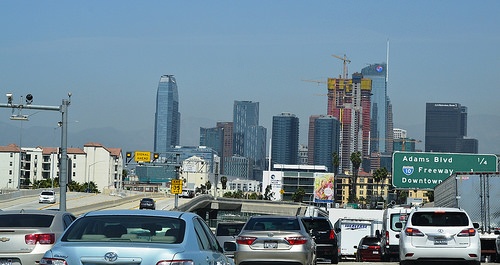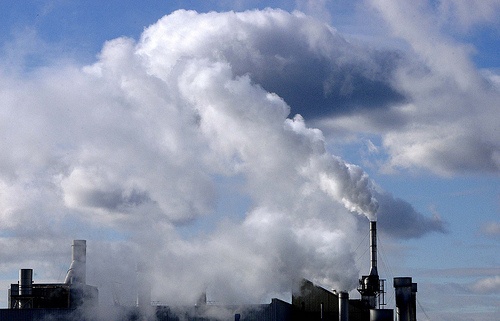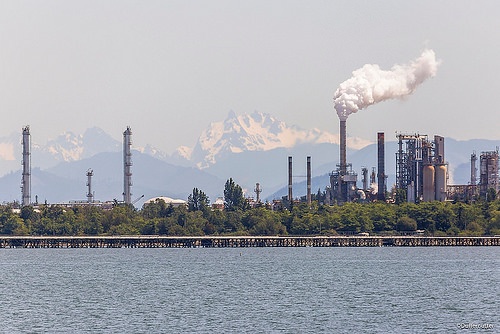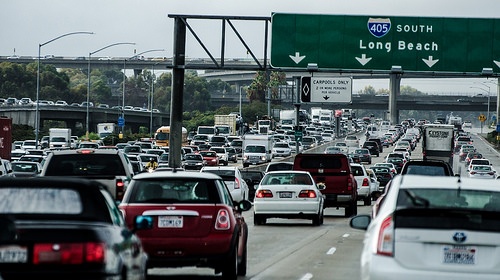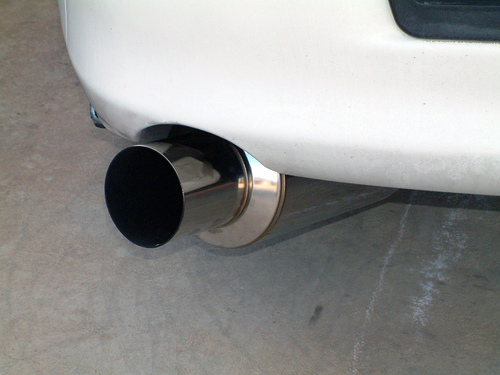On May 9, Environmental Protection Agency (EPA) Administrator Chris Pruitt issued a policy memo recasting his agency’s basic approach to review and revision of national ambient air quality standards (NAAQSs) – EPA’s broadest and most basic targets for national pollution levels. He entitles it a “Back-to-Basics” Process for Reviewing [NAAQSs]”, echoing the phrase he used last year to recalibrate the agency’s relationships with the public and its various stakeholders. (I blogged about this general policy here).
Read MoreAudit, Compliance and Risk Blog
EPA Promulgates “Back-to-Basics” Process for Reviewing Air Quality Standards
Posted by Jon Elliott on Tue, Jun 26, 2018
Tags: Environmental risks, Environmental, Greenhouse Gas, ghg, CAA, mact
EPA Withdraws “Once in Always in” Policy For Major Air Toxics Sources
Posted by Jon Elliott on Tue, Mar 06, 2018
The Clean Air Act (CAA) directs the Environmental Protection Agency (EPA) to define “hazardous air pollutants (HAPs)” that may pose acute health hazards, and to impose regulations to reduce those hazards. Controls include permits for “major sources” of HAPs based on “Maximum Achievable Control Technologies (MACT),” and lesser controls for non-major “area sources.” Since 1995, EPA policy has been that every emission source that met major source criteria at the time a MACT became effective is “once in, always in” and cannot requalify as a less-regulated area source even if it accepts legally binding controls that reduce its “potential to emit.” On January 25, 2018 EPA reversed that decades-old policy.
Read MoreTags: Environmental risks, Environmental, EPA, Greenhouse Gas, ghg, climate change, CAA, mact
White House Guidance for Agency Consideration of Climate Change in Environmental Reviews
Posted by Jon Elliott on Tue, Sep 20, 2016
On August 2, the White House’s Council on Environmental Quality (CEQ) issued guidance to assist federal agencies in their consideration of the effects of greenhouse gas (GHG) emissions and climate change when evaluating proposed federal actions. I refer to this documents as “the Guidance” below.
Read MoreTags: Environmental risks, Environmental, EPA, Greenhouse Gas, ghg, climate change, CAA, CEQA
New Rules Tighten Greenhouse Gas Emission Standards for Heavy Duty Vehicles
Posted by Jon Elliott on Thu, Sep 15, 2016
The Clean Air Act (CAA) includes extensive regulatory requirements on “mobile sources,” which cover efficiency and emissions standards for a broad range of vehicles with internal combustion engines (automobiles, buses, aircraft), “nonroad engines and vehicles” (including lawnmowers, bulldozers and marine vessels), as well as motor fuel standards intended to promote cleaner burning fuels. The U.S. Environmental Protection Agency (EPA) uses CAA authority to set emission limits from engines, for CAA-regulated air pollutants, including carbon dioxide (CO2) regulated for its greenhouse gas (GHG) aspects.
Read MoreTags: California Legislation, Environmental risks, Environmental, EPA, Greenhouse Gas, ghg, climate change, CAA, Transportation
In recent years, VW officials have sometimes been quoted touting their “clean diesel” vehicles by paraphrasing one of their competitors—“this isn’t your grandfather’s diesel.” This month VW finally admitted to the U.S. Environmental Protection Agency (EPA) and customers worldwide that it “isn’t your regulator’s diesel” either. The company had programmed the electronics in millions of vehicles to provide false data during required emissions tests.
Tags: Health & Safety, Environmental risks, Environmental, EHS, EPA, Hazcom, CAA, Transportation
EPA Revises Standards for Identification of Non-Hazardous Secondary Materials
Posted by STP Editorial Team on Tue, Jun 18, 2013
Traditionally, industrial facilities have used fossil fuels such as coal, oil, and natural gas as their main source of energy. Over the years, however, facilities have sought to replace some or all of their fossil fuel with less expensive and more efficient alternative fuels from secondary materials. The Environmental Protection Agency (EPA) has regulated the combustion of such wastes under the Resource Conservation and Recovery Act (RCRA). Under RCRA, some of these secondary materials are classified as ''hazardous wastes,'' while others are referred to as ''non-hazardous secondary materials.'' Facilities that combust ''solid waste'' as defined by EPA under RCRA must be regulated by emission standards issued by EPA under section 129 of the Clean Air Act (CAA).
Tags: Business & Legal, Health & Safety, EPA, RCRA, CAA

